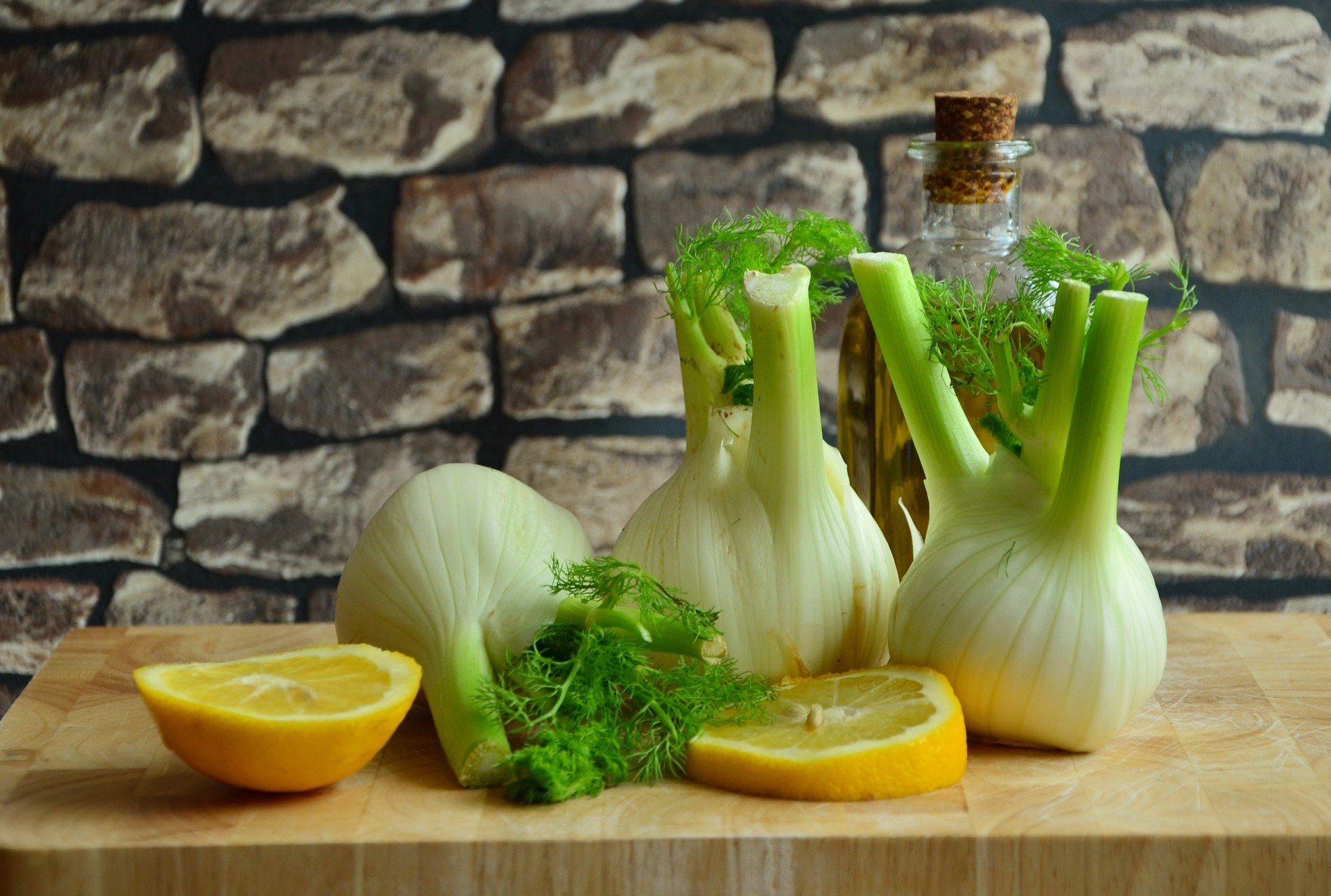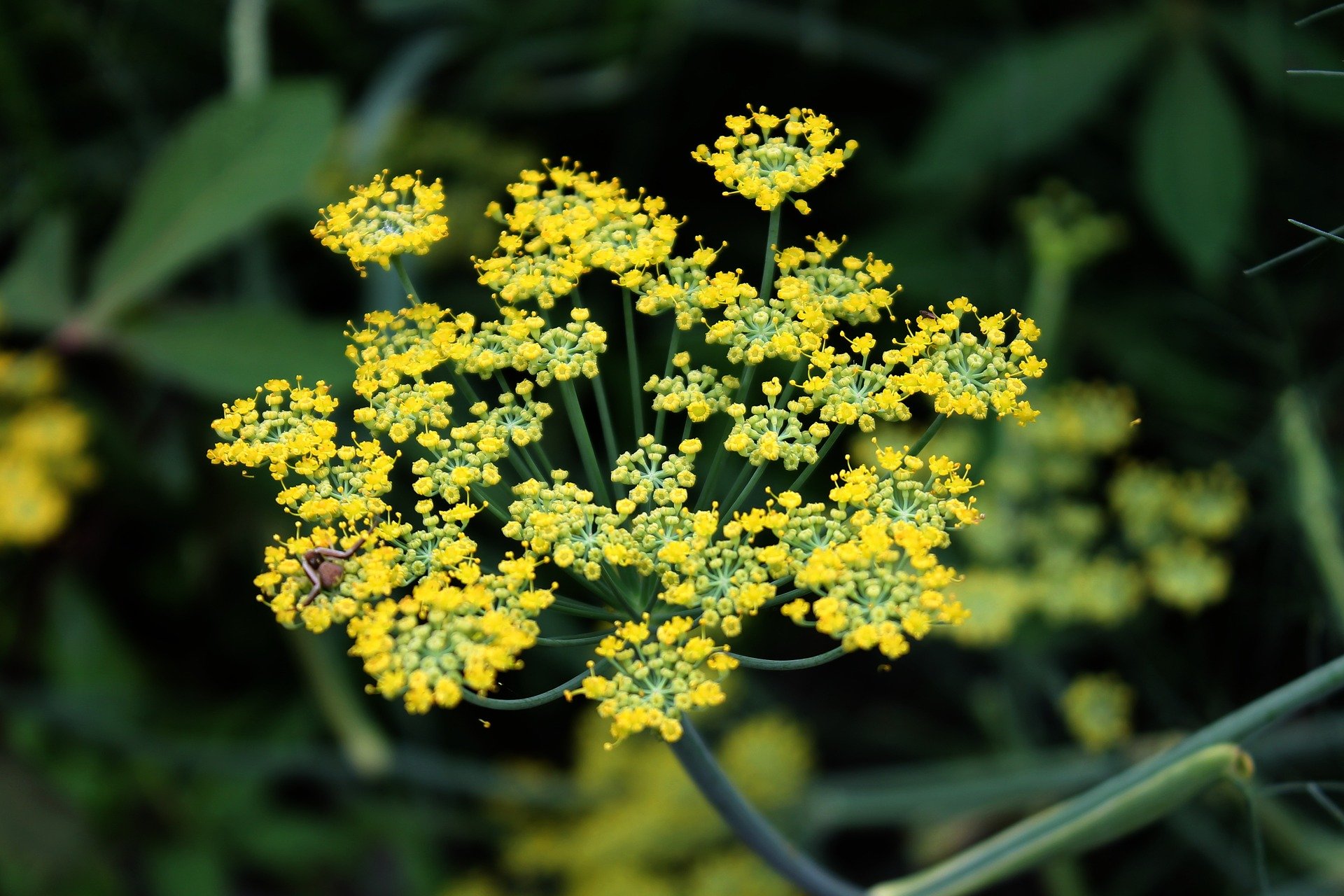I was driving down the road the other day, it was early. The sun was high, the air was crisp. The trees swayed as they flowed with the breath of the wind. I turned the corner and looked to the sides of the road and there they were in all their glory - huge Fennel stalks!
I immediately stopped the car and went to smell their licorice feathery leaves. It felt good! The smell filled my nostrils and conjured up the sweetness that this plant brings. I was so excited as I looked around - I seemed to be totally engulfed by fennel - there growing low and high all around the road side. This is not surprising because it is an invasive species. Despite this excitement invasive species are detrimental to indigenous plants of the Chaparral - like we have here in California. Did you know that Chaparral is only found in Western and South Australia, South Africa (Cape region), the Mediterranean, central Chile and California? So this habitat is truly precious. That will be a post all unto itself to come!
I decided that despite it's invasion since it so prominently came into my view I would write an article about the hidden treasures of fennel - a vegetable and herb!


Fennel is a perennial plant known through out the Mediterranean areas most intimately. It's latin nomenclature is Foeniculum vulgare (finocchio), and is characterized by long green stems (often 8 feet tall) with feathery fronds! Above the soil the most amazing root bulb is found. If one truly takes the time to pick it up and trace the amazing creation of the perfect folded bulb you begin to sense it's amazing characteristics. The stalks are hollow firmly embedded in the top part of the bulb. The bulb is made up of folds that fit so perfectly together and yet can be separated at will.

Often you will find yellow flowers that appear in umbels. All parts of the plant are usable.

History
Fennel was an important vegetable and herb in Roman times, spreading throughout Europe and Asia. Pliny (AD 23-79) for example observed serpents rubbing against fennel during times of shedding and attributed fennel with the quality of improving eye sight. He noted that when the serpent rubbed its blind eyes (serpents are blind during skin shedding) it was able to see again (the opacity of the eye was dispelled). But this interpretation was not accurate - serpents rub their skins during times of shedding around the jaw area because it helps to break the skin away. This is where we find folklore meets with contemporary understanding and is replaced with modern knowledge. Interestingly, the Romans, Chinese and Hindus used fennel as antidotes to snake bites and poisonous mushrooms!
During medieval times fennel was hung over door ways as it was thought to protect against spirits entering the home. Additionally, fennel seeds were placed in the keyhole eye as a prevention for ghosts. Medicinally, fennel was said to dispel worms and even thought to assist with weight loss.
Shamanic Alchemical View
From an shamanic alchemical perspective the bulb folds are seen to be tight, one neatly upon the other. To pry them free one would need to cut the feathery fronded stalks and root base to slice deep inside. This fractally beautiful ensemble is replicated deep into the center of the bulb. This herb is diverse as it is beautiful. For the long stalks viewed above the ground are strong and tall - they cannot be missed. The feathery fronds attract even the most uninquisitive of us. And as we get closer the anise fragrance fills our nostrils and our minds with delight. But just above the the underground caverns of the soil there is a prize that is an enfolding of the divinity of this vegetable/herb - the bulb. Fennel brings strength and is the representation of the growing unfoldment of life. As we explore this herb further it will come as no surprise what it has been known to do. Indeed, fennel is thought to correspond to the planet Mercury and is associated with the element of fire and air. Magical uses relate to confidence, courage, fertility, longevity, love, protection, purification, definition and gain. In days gone by, British farmers rubbed a mix of fennel seeds, soap and salt on the blade of the plow as they believed it strengthened the land and encouraged good harvests.
Modern Medicinal Uses

Source: https://www.organicfacts.net/health-benefits/herbs-and-spices/health-benefits-of-fennel.html
What about the roots?
Although not well known Fennel roots are edible. These are harvested from the non-bulb forming fennel variety. They produce smaller or no bulbs and more tap roots. The roots come from the bronze variety and are available year round. They can be diced and roasted along with other root vegetables and pair well with French Tarragon.
Gardens
Fennel is an important herb in modern gardens. It attracts bees, butterflies and other pollinators. It is a valuable host plant for Anise Swallowtail and the Eastern Black Swallowtail Butterflies.
Aromatherapy
Fennel essential oil has many therapeutic uses. The oil is extracted from the seed and is known to have anti-inflammatory, anti-smectic, antispasmodic, carminative properties. It is used in digestive disorders, colic, dyspepsia, nausea, constipation, PMS, fertility, endometriosis, fluid retention, menopausal symptoms, heavy legs, bronchitis and parasitic infection to name a few (not to be used in pregnancy and while breast feeding).
Pets
It can be used for the prevention or relief of gas or flatulence by adding it to food as a tea, powdered herb, tincture or essential oil or give with a small amount of water - angelica root, aniseed, caraway seed, cardamon seed, catnip, every seed, chamomile, cinnamon, cloves, fennel seed, ginger, lemon balm. In severe cases give 1 to 2 caps of activated charcoal with water every 20 minutes until symptoms subside.
Horses
The whole plant can be used but from my experience horses will either love or hate it. Also they will love or hate the feathery leaves or bulb. My mare goes nuts for fennel. She gets a salad of half a fennel bulb each day.. It is a demulcent and calmative. Good for treating digestive problems - stomach acid, colic and cramps.If fennel is mixed with bicarbonate of soda can help flatulent colic and is what was used as gripe water for babies. It can be used to remove obstructions in the liver and spleen and improves mood. Given internally it can help keep flies, ticks and fleas at bay!
Here is a fantastic recipe I found for Fennel Ice Cream!
Wild Fennel Ice Cream
From Shannon Swindle, Pastry Chef, Craft Restaurant, Los Angeles. Adapted from KCRW’s Good Food, April 2012.
Ingredients
1 quart organic heavy cream
1 quart organic whole milk
8 ounces wild fennel fronds and small stems, chopped
20 organic egg yolks
1 2/3 cups granulated sugar
1 tsp fine sea salt
Place the cream, milk and wild fennel in a heavy-bottomed sauce pan, and scald over medium heat. Turn off the heat, cover the pan, and allow the mixture to steep for 1 hour. Prepare an ice bath by mixing ice and enough water to cover in a container large enough to hold a separate container of ice cream base. In a large bowl, whisk the egg yolks, sugar, and salt until well combined. Reheat the dairy and fennel mixture, and bring to a rolling boil. Pour the hot cream into the egg yolk mixture all at once. Whisk until combined and immediately pour the custard into a metal container and place in the ice bath. Stir occasionally until the base is cold.
Cover the ice cream base and refrigerate overnight. Before freezing, strain the base through a fine-mesh strainer, and freeze in an ice cream freezer according to the manufacturer’s directions.
Note: Shannon does not slowly temper the yolks and place the ice cream base back on the heat and cook until thickened as a lot of pastry chefs do. The sugar keeps the egg yolks from scrambling, and the boiling cream raises the temperature of the yolks to cook them sufficiently.
Source: http://eattheinvaders.org/blue-plate-special-wild-fennel/
References
Collinson, E. (2012). Herbal health for horses. Kitzkatz: Fowey, England.
Puotinen, C., J. (2000). The encyclopedia of natural pet care. McGraw Hill: San Francisco, California, USA.
Worwood, V., A. (2016). The complete book of essential oils and aromatherapy. New World Library: Novato, California, USA.
http://www.cal-ipc.org/ip/management/ipcw/pages/detailreport.cfm@usernumber=51&surveynumber=182.php
http://www.ourherbgarden.com/herb-history/fennel.html
http://ageless.co.za/herb-fennel.htm
http://herbalriot.tumblr.com/post/66772309886/magickal-uses-of-fennel
https://www.organicfacts.net/health-benefits/herbs-and-spices/health-benefits-of-fennel.html
http://www.specialtyproduce.com/produce/Fennel_Roots_12076.php
http://eattheinvaders.org/blue-plate-special-wild-fennel/
Disclaimer: Always consult a holistic health professional this is not a substitute for health advice. Always consult a holistic DVM for use in animals. This post constitutes a sharing of research and information for educational purposes and does not replace advice from DVM or health professional.
